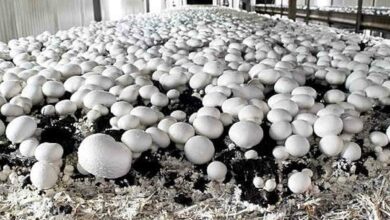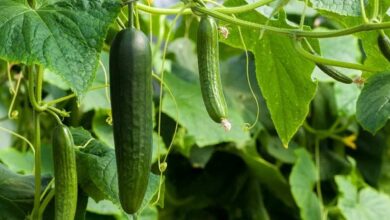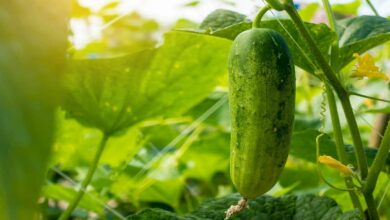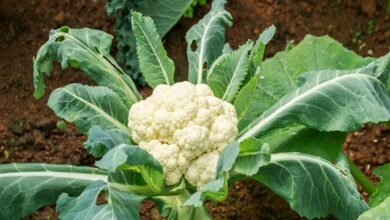Cultivate sugarcane with this method, sow seeds once and grow the crop 3 times
Sugarcane cultivation: The sugarcane crop yields high yields and profits for farmers. However, producers must pay extra since sugarcane seeds are expensive. On the other hand, sugarcane may be cultivated three times from a single seed if farmers use scientific cultivation. Sugarcane is now being harvested. Together with harvesting sugarcane, farmers should implement the necessary ratoon management measures in such a scenario to ensure that the ratoon crop yields well.
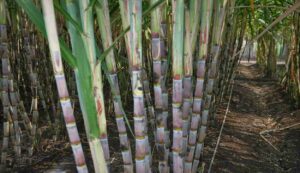
It is important to note that ratoon, or ratoon crop, is a second crop that is taken from the planted sugarcane crop after it has been harvested. With modern technology, farmers may produce 400–600 quintals of sugarcane ratoon per acre. The cost is reduced by 15–20,000 per acre since the land does not need to be prepped for the sugarcane ratoon crop, and less seeds and weeds are needed. Ratoon crops may produce 1.5 times as much as seed crops if they are properly cared for.
After sugarcane is harvested, do this task.
According to Dr. Shri Prakash Yadav, a scientist at the Uttar Pradesh Sugarcane Research Institute, farmers should focus on managing stubble after harvesting sugarcane. Because the stubble crop may be harmed by even a little delay. Farmers may harvest sugarcane for two to three years with improved maintenance. In this case, run water in the field initially after sugarcane harvesting. Apply 75 kg of urea per acre to the sugarcane stumps once the water has been turned on. Use a small rotavator to plow the area between the stumps or do light weeding after applying urea.
Use sugarcane leaves to make fertilizer in this manner.
The residual sugarcane leaves should be disposed of in the field after harvest. This will enhance the health of the soil. The soil will have a greater quantity of organic carbon. As a result, farmers will produce well. Once the sugarcane leaves are lined up, run water over them. Run the water until the leaves are completely immersed. Next, combine two quintals of cow manure with four kilograms of organo-decomposer per acre, then apply the mixture to the sugarcane leaves. The sugarcane leaves would decompose and become manure after 30 to 35 days. This will promote healthy sugarcane sprouting. Strong shoots will emerge, and the field will see a decrease in weed growth.
When doing gap filling, bear these points in mind.
Gap filling must be done once the leaves are disposed of. Gap filling is required when there is a space of more than one foot between two stumps. Dr. Shri Prakash Yadav advised farmers to plant a nursery plant made from a single bud or polybag instead of planting a portion of two or three eyes straight away. Remember that the gap-filling plant you use should be between 20 and 25 days old.
Additionally, sugar mills are profiting.
Numerous new sugarcane types have emerged, providing sugar mills with an abundance of sugar. Sugar mills also like purchasing them, but they also get greater sugar recovery from them if farmers harvest ratoon from any kind of sugarcane or harvest sugarcane in the third year. Additionally, ratoon-prepared sugarcane may be picked early in the crushing season.


